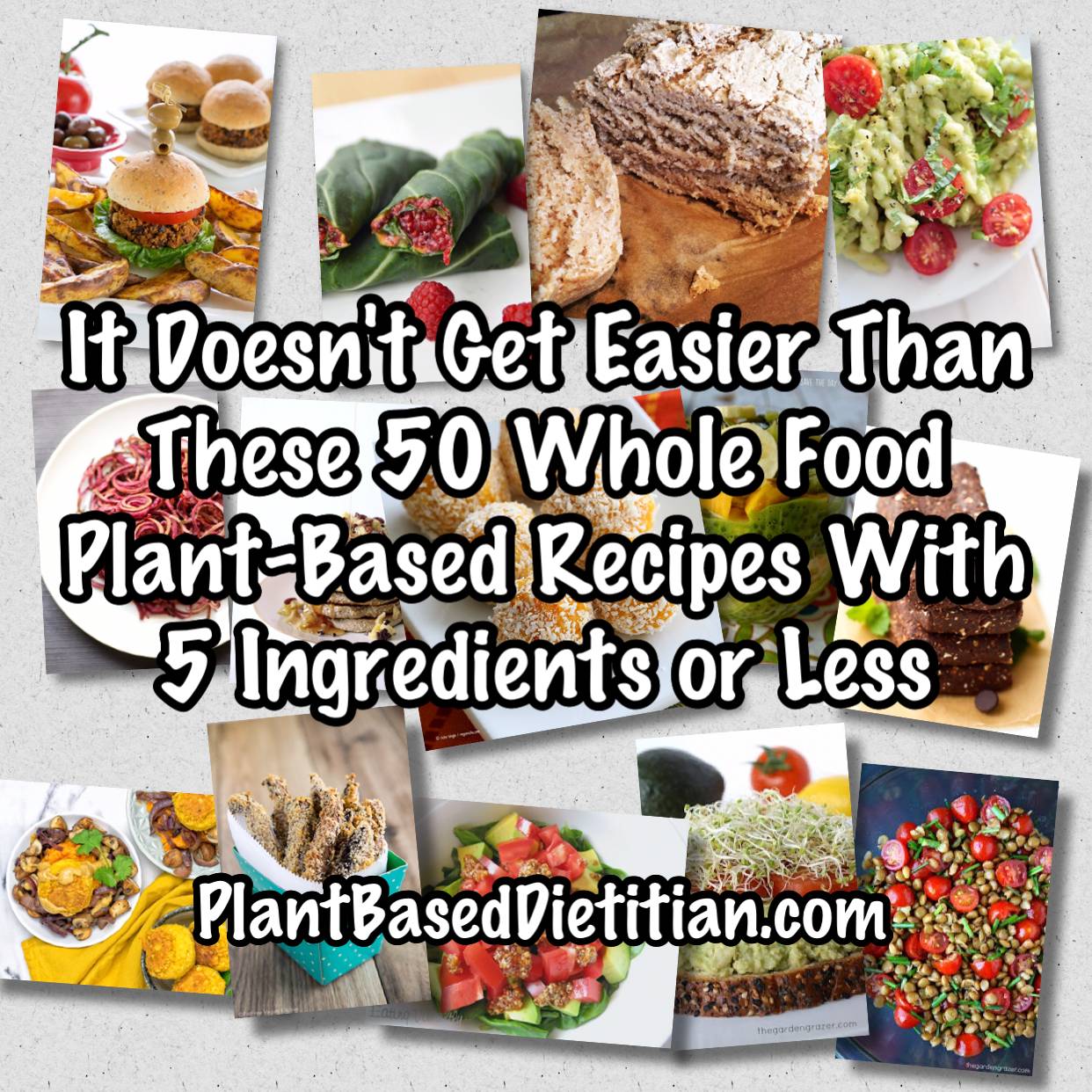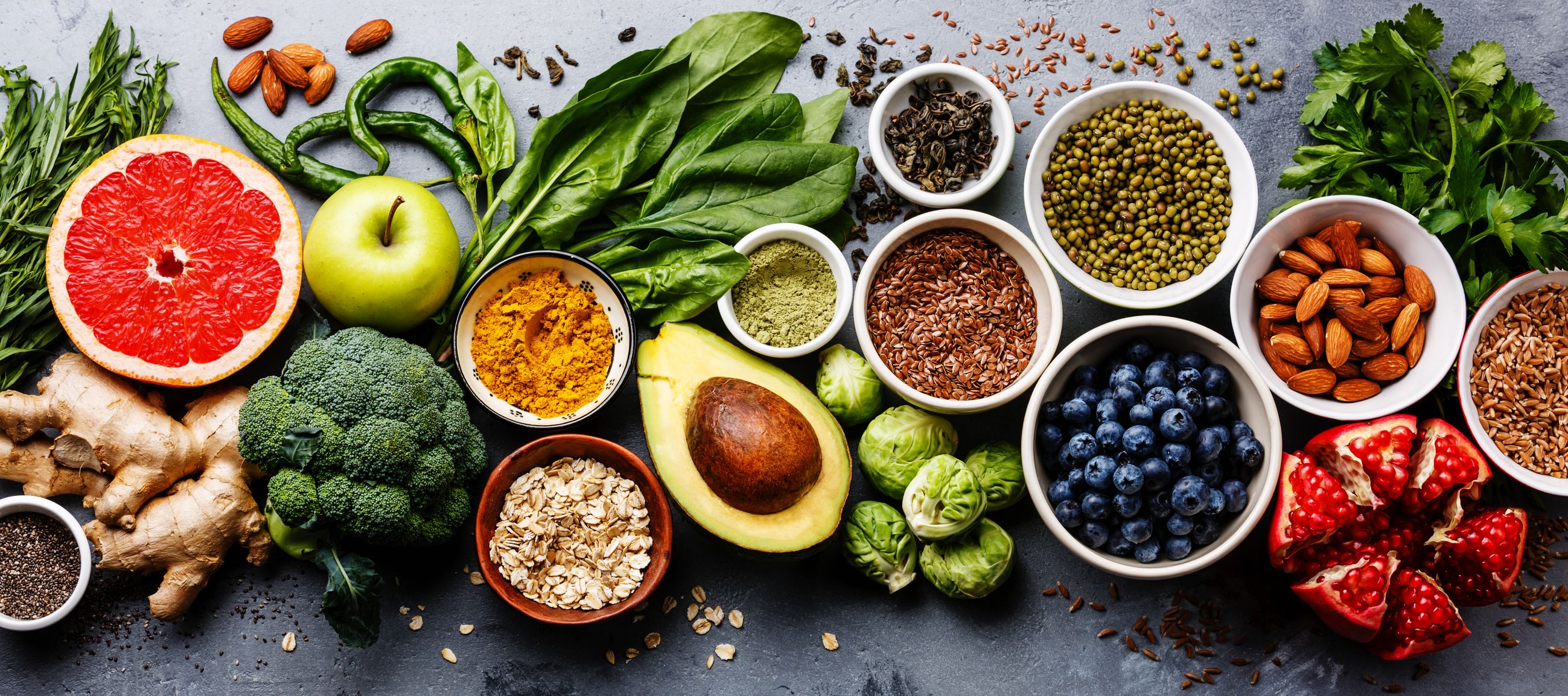
The best way to ensure that you have delicious and healthy vegan meals at your fingertips is to pre-prep. You can prepare multiple meals at the same time and save money by purchasing food in bulk. You may be able to get shopping lists for certain ingredients from some products. This type of meal prep is particularly beneficial if you live alone and don't want to buy expensive ingredients.
These vegan BBQ tofu bowls make it easy to prepare 4 delicious meals in just 45 minutes
Vegan BBQ tofu bowls are packed with flavor, and they are made using 6 everyday ingredients: tofu, BBQ sauce, brown rice, broccoli, pineapple, and red onion. If you prefer a dish that is meat-based, you can replace the tofu by marinated tempeh (or chickpeas).
You can marinate tofu with a variety marinades. But, for best results, stick to robust seasonings. Cajun spices, Jamaican Jak Sauce, and traditional barbecue sauce work well with tofu. To add a spicy kick, curry sauces or chili powders can be used.

These bowls are good for up to 4 days in the fridge. You can either reheat them in a microwave or cold them. They make a great weeknight meal.
Southwest sweet potato recipe for meal prep bowls is a healthy way to make four delicious meals in 45 minutes.
These sweet potato vegan meal prep bowls combine the delicious flavors of Mexican food with a healthy sweet potato base. They're perfect for a healthy lunch or even a quick dinner on-the-go. The sweet potato filling pairs well with tex-mex ingredients like red peppers, black beans, corn, and black beans. You can make this Mexican-inspired dish by substituting grated Montereyjack cheese for queso freco.
For easy transport, wrap the bowls in a container after they are done. You can also add additional ingredients for a more substantial meal. For example, vegan pasta or bean chili are great leftovers. You should be able to make enough for several days of lunches. Use plastic or glass containers to transport your plant-based lunches securely. Keep the dressing away from any delicate vegetables. Some salads taste even better after a few days of marinating in dressing.
These meal prep boxes are quick and easy to make. Pre-chopped fresh vegetables mix and frozenquinoa will help reduce prep time. These bowls are low-calorie and high in fiber. These bowls are also great for using up leftovers.

Quinoa is a vegan superfood
Quinoa is one of the most complete sources of protein in the vegan diet. It contains all the essential amino acids, including lysine, and it is also a rich source of antioxidants. It also contains essential minerals like iron, calcium and magnesium. Quinoa has low glycemicindex, so it offers many nutritional benefits.
Quinoa is easy to prepare ahead and can be used in a variety dishes. Quinoa is a good bulk food that can be used for meal preparation because it is rich in protein and fiber. It can be used as a filling ingredient for salads and wraps. For extra crunch, add sun-dried tomato slices and shredded carrots.
Quinoa cooks easily on the stove or in the oven. One cup of dry quinoa will yield approximately three cups of cooked quinoa. Cooking quinoa over the stove requires that you use at least two cups of liquid for every cup. To cook quinoa on a stovetop, you can use water, vegetable broth or chicken broth.
FAQ
How often do I need to exercise?
For a healthy lifestyle, exercise is vital. However, there isn't a set amount of time you must spend working out. The key is finding something you enjoy and stick with it.
You should aim to do 20-30 minutes of moderate intensity exercise three times per week. Moderate intensity is when you still have to breathe hard after the workout. This type works out burns around 300 calories.
For those who prefer to walk, you can go for 10-minute walks four times a week. Walking is low-impact, easy on the joints, and it's very gentle.
Jogging three times a week for 15 mins is enough if you want to run. Running can help you burn calories and to tone your muscles.
Start slow if it's your first time exercising. Start with just 5 minutes of cardio a few times a week. Gradually increase the duration until you reach your goal.
How can I get enough vitamins
Your diet can provide most of your daily requirements. Supplements can be helpful if you are lacking in any one vitamin. You can take a multivitamin supplement that contains all the vitamins you need. You can also buy individual vitamins at your local pharmacy.
Talk to your doctor to find out which foods are rich in vitamins. You can find vitamins K and E in dark green leafy vegetable such as spinach, kale and turnip leaves, as well romaine lettuce and arugula.
Ask your doctor for advice if you are unsure how much vitamin to take. Your medical history and your current health status will help you determine the best dosage.
What are 5 ways to live a healthy lifestyle?
Here are five ways to lead a healthy lifestyle.
A healthy lifestyle means eating right, being active, getting enough sleep, managing your stress levels, and having fun. Good eating habits include avoiding processed foods, sugar, unhealthy fats, and avoiding junk food. Exercise burns calories and strengthens the muscles. Good sleep habits can help improve memory and concentration. Stress management reduces anxiety, depression and other symptoms. Fun is key to staying young and vibrant.
What can I do to boost my immune system?
The human body is composed of trillions if not billions of cells. Each cell works together to create organs and tissues that fulfill specific functions. When one cell dies, another cell replaces it. Cells communicate with one another using chemical signals called hormonal hormones. Hormones regulate all bodily functions from growth and developmental to metabolism and immunity.
Hormones are chemicals secreted by glands throughout the body. They travel through blood stream and act as messengers that control the function of our bodies. Some hormones are made internally, while some are externally produced.
Hormone production starts when hormone-producing cells release their contents into your bloodstream. Once hormones are released, they move through the body to reach their target organ. In some cases, hormones remain active only for a short period of time. Other hormones remain active longer and still have an influence on the body's functioning long after they leave bloodstream.
Some hormones can be produced in large amounts. Others are only produced in very small quantities.
Certain hormones are only produced at certain times in life. Estrogen is one example. It's produced in puberty, pregnancy and menopause. Estrogen assists women with breast development, bone density, and osteoporosis prevention. It helps to stimulate hair growth and maintains skin's softness.
What are the top 10 healthy habits?
-
Breakfast is a must every day.
-
Don't skip meals.
-
Eat a balanced, healthy diet.
-
Drink lots of water.
-
Take care to your body.
-
Get enough sleep.
-
Avoid junk food.
-
Do some form of exercise daily.
-
Have fun
-
Make new friends
Statistics
- According to the Physical Activity Guidelines for Americans, we should strive for at least 150 minutes of moderate intensity activity each week (54Trusted Source Smoking, harmful use of drugs, and alcohol abuse can all seriously negatively affect your health. (healthline.com)
- Extra virgin olive oil may benefit heart health, as people who consume it have a lower risk for dying from heart attacks and strokes according to some evidence (57Trusted Source (healthline.com)
- This article received 11 testimonials and 86% of readers who voted found it helpful, earning it our reader-approved status. (wikihow.com)
- WHO recommends consuming less than 5% of total energy intake for additional health benefits. (who.int)
External Links
How To
What does the "vitamin") mean?
Vitamins are organic compounds naturally found in food. Vitamins help us absorb nutrients from foods we eat. Vitamins cannot come from the body so food must provide them.
Two types of vitamins exist: water soluble and oil soluble. Water-soluble vitamins dissolve readily in water. Some examples include vitamin C,B1 and B2 vitamins (thiamine), B2 and riboflavin, B3 and niacin, B6 vitamins (pyridoxine), B6 vitamins (niacin), folic acids, biotin, pantothenic acids, and Choline. The liver and fatty tissues are home to fat-soluble vitamins. These include vitamin D, E and K, as well as beta carotene.
Vitamins are classified based on their biological activity. There are eight major types of vitamins.
-
A - Essential for healthy growth and health maintenance.
-
C - essential for proper nerve function, and energy production.
-
D – Essential for healthy teeth, bones and joints
-
E - Required for good vision, reproduction.
-
K - essential for healthy nerves, muscles, and joints.
-
P - vital for building strong bones andteeth.
-
Q - aids digestion, absorption and absorption iron
-
R - Red blood cells are made from red blood cells.
The recommended daily allowance for vitamins (RDA) varies according to age, gender, or physical condition. RDA values are set by the U.S. Food and Drug Administration (FDA).
For adults aged 19 or older, the RDA of vitamin A is 400mg per day. However, pregnant women need 600 micrograms per day because it is important for fetal development. Children ages 1-8 require 900 micrograms per day. Babies under one-year old need 700 micrograms per daily. Between 9 and 12 month, however, this drops to 500 mg per day.
Children aged 1-18 years need 800 micrograms daily, while children overweight require 1000 micrograms per days. Children who are severely obese or underweight will need 1200 micrograms each day.
Children ages 4-8 years who have been diagnosed with anemia need 2200 micrograms per day of vitamin C.
2000 micrograms per person is necessary for general health. Because of their higher nutrient needs, women who are pregnant or nursing need 3000 mg per day.
1500 micrograms are required daily by adults over 70 because they lose approximately 10% of their muscle each decade.
Women who are pregnant and lactating need more nutrients than the RDA. Pregnant and breastfeeding women require 4000 micrograms each day during pregnancy and 2500 Micrograms each day after birth. Breastfeeding moms need 5000 micrograms per daily when breastmilk production occurs.